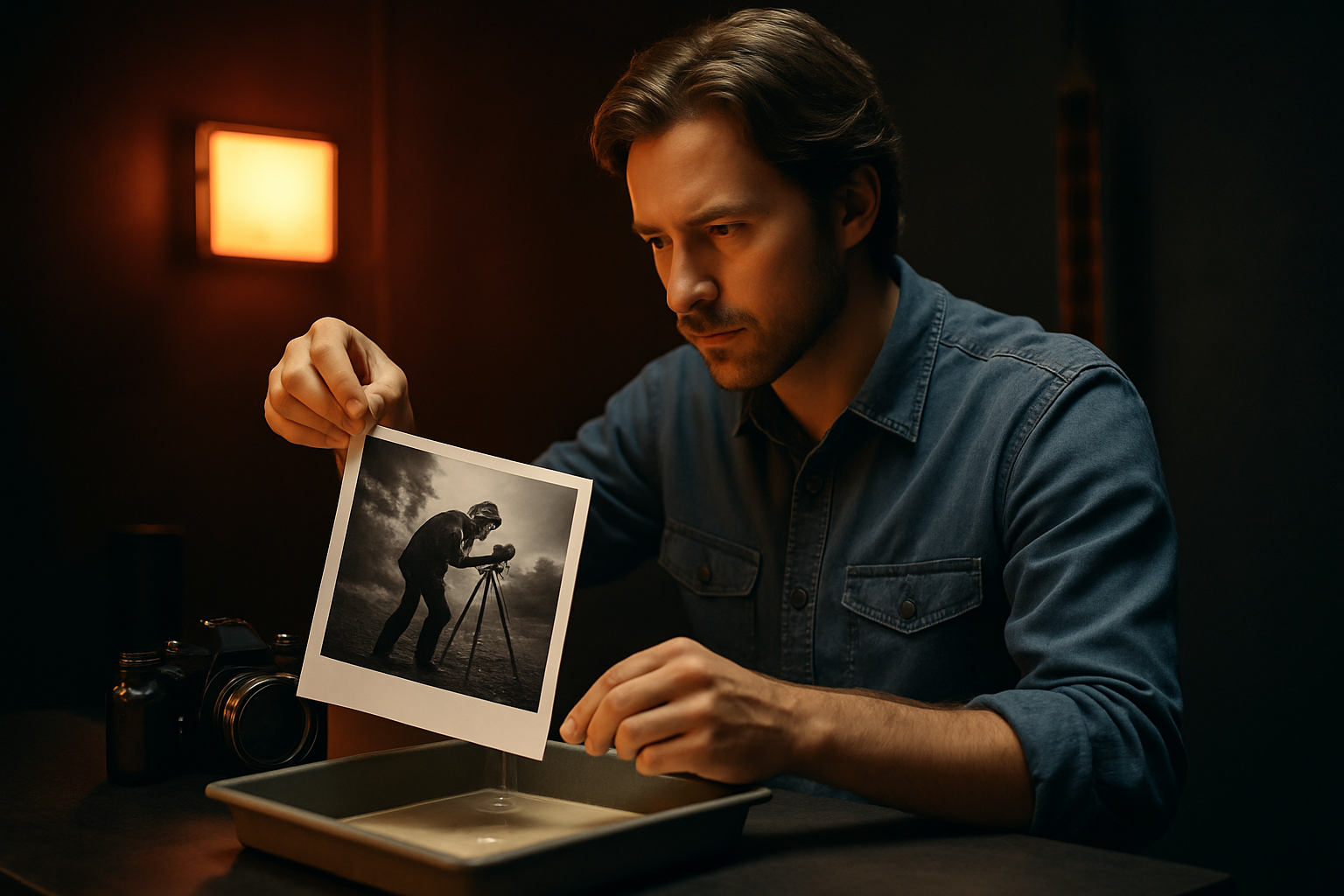The Resurgence of Analog Photography in the Digital Age
In an era dominated by smartphones and instant digital gratification, a surprising trend has emerged in the world of photography. Analog photography, once considered obsolete, is experiencing a remarkable revival. This resurgence isn't merely nostalgia-driven; it represents a significant shift in how artists and enthusiasts approach image-making. From darkroom techniques to the tactile experience of film, analog photography is carving out a niche in the modern artistic landscape, challenging our perceptions of creativity and authenticity in the digital age.

The Resurgence of Film Cameras and Darkrooms
As interest in analog photography grows, the market for film cameras has seen a significant uptick. Vintage cameras, once relegated to thrift stores and attics, are now sought-after items. Manufacturers have taken notice, with some reintroducing classic models or developing new analog cameras to meet demand. Simultaneously, darkrooms are making a comeback. Universities and art schools are reinstating film photography courses, while community darkrooms are popping up in cities worldwide, providing spaces for enthusiasts to develop and print their work.
The Aesthetic Appeal of Film
One of the key drivers behind analog’s resurgence is the unique aesthetic qualities of film. The grain, color rendition, and tonal range of different film stocks offer a distinct look that many find appealing in contrast to the clinical precision of digital images. This aesthetic has become so desirable that numerous digital filters and presets attempt to emulate the look of film. However, many purists argue that the authentic film look cannot be replicated digitally, fueling the desire for true analog processes.
The Role of Social Media in Analog’s Revival
Ironically, digital platforms have played a crucial role in the revival of analog photography. Social media sites like Instagram have become showcases for film photographers, with dedicated hashtags and communities celebrating the medium. These platforms have allowed analog enthusiasts to connect, share techniques, and inspire each other, creating a global community united by their love for film. This online presence has not only helped sustain the analog movement but has also introduced it to a new generation of photographers.
The Intersection of Analog and Digital
While the resurgence of analog photography might seem at odds with digital technology, many photographers are finding ways to blend the two. Hybrid workflows, where film is scanned and edited digitally, have become common. This approach allows photographers to enjoy the best of both worlds – the aesthetic and process of film combined with the convenience and flexibility of digital post-processing. Additionally, some artists are pushing the boundaries by experimenting with analog techniques in digital art, creating unique and innovative works that challenge traditional categorizations.
The Future of Analog Photography
As the analog revival continues to gain momentum, questions arise about its sustainability and long-term impact on the photography industry. While it’s unlikely that film will ever regain its former dominance, its resurgence has already influenced camera design, image aesthetics, and photographic practices. The future of analog photography may lie in its ability to coexist with digital technology, offering a complementary approach to image-making that values craftsmanship, intentionality, and the physical artifact in an increasingly digital world.





